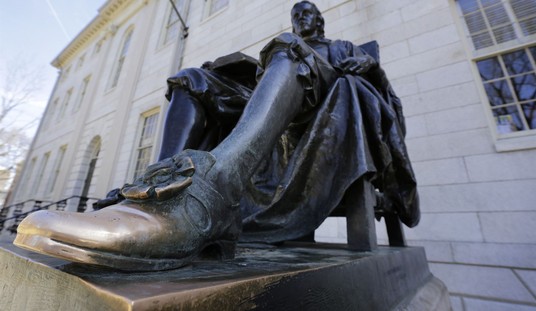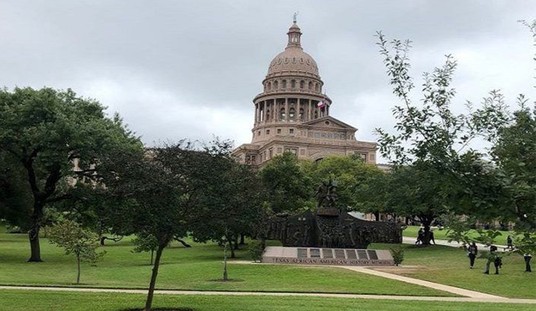The CIA is making available hundreds of thousands of documents — including images and computer files — they recovered when Osama bin Laden’s compound in Abbottabad, Pakistan was raided back in May 2011. According to the Foundation for Defense of Democracies Long War Journal, who received advanced copies of much of the material, the release “provides invaluable insights into the terrorist organization that struck America on September 11, 2001,” including its relationship with both Iran and Pakistan.
FDD’s Long War Journal has advocated for the release of bin Laden’s secret cache since 2011, arguing that such transparency would help to better inform the American people, experts and policymakers. Today’s release goes a long way toward satisfying that goal. We applaud the CIA and Director Mike Pompeo for making this material available to the public.
While the world has changed dramatically since the al Qaeda founder’s death more than six years ago, many of the files are still relevant today. Indeed, the CIA has withheld an unspecified number of documents for reasons related to protecting national security. We don’t doubt that some documents are still sensitive, but we hope that everything can be eventually released.
Some of the resulting reporting on the cache has covered everything from where the terror mastermind may have developed his hatred of the west (from a trip to Shakespeare’s hometown Stratford-upon-Avon?) to his leadership style (far from being a figurehead in his last days, he micromanaged his underlings and was critical of their ideas).
But perhaps the most compelling — and arguably most useful — of the information released concerns the roles of Iran and Pakistan in the terror network’s operation, which both look to be a bit more robust than many had previously guessed. From the Long War Journal:
One never-before-seen 19-page document contains a senior jihadist’s assessment of the group’s relationship with Iran. The author explains that Iran offered some “Saudi brothers” in al Qaeda “everything they needed,” including “money, arms” and “training in Hezbollah camps in Lebanon, in exchange for striking American interests in Saudi Arabia and the Gulf.” Iranian intelligence facilitated the travel of some operatives with visas, while sheltering others. Abu Hafs al-Mauritani, an influential ideologue prior to 9/11, helped negotiate a safe haven for his jihadi comrades inside Iran. But the author of the file, who is clearly well-connected, indicates that al Qaeda’s men violated the terms of the agreement and Iran eventually cracked down on the Sunni jihadists’ network, detaining some personnel. Still, the author explains that al Qaeda is not at war with Iran and some of their “interests intersect,” especially when it comes to being an “enemy of America.”
This cozy relationship between Iran and al Qaeda will no doubt lead to an even more pronounced and meticulous overview of the contentious Iran nuclear deal, negotiated by the Obama administration in 2015 and currently being debated at the highest levels of government as to its efficacy and whether it benefits — or poses a threat to — the United States.
On Pakistan, also a subject of current debate within the Trump administration, FDD notes the complexity of the country and that a “meticulous review of the documents will likely shed light on previously unknown aspects of bin Laden’s Pakistani-based network,” such as which factions within the Pakistani government were actually heretofore unknown al Qaeda supporters. In fact, some of the documents recovered in the raid, according to the FDD, now reside with Pakistani officials:
The US service members who raided bin Laden’s compound risked their lives to bring the terror master to justice and did an incredible service by seizing the files released today. They did not have the time to recover everything. Pakistani authorities reportedly scooped up the intelligence left behind. We do not know if any of those files were shared with American officials, or if some of them are included in today’s release. But we hope that material will come to light as well.
If nothing else, the release of these documents could be what reinforces the idea that terrorist networks are more organized and centrally planned — at least they were under bin Laden — than many are currently comfortable accepting. They may also help the world understand that crucial link between al Qaeda and its ideological progeny, ISIS.














Join the conversation as a VIP Member